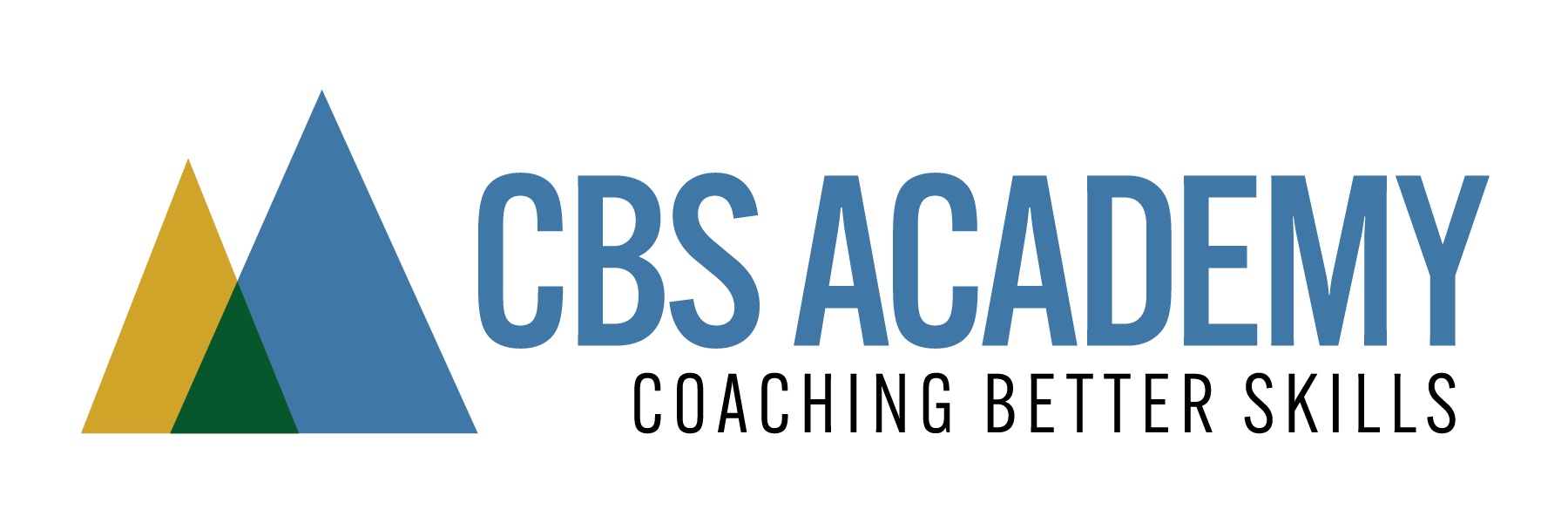There are many types of coaches. Some are more successful than others. And most have varied approaches to coaching. MOS requires coaching at all levels. Effective coaching can be challenging and can change based on the person to person interactions. Over the years, we have found a few coaching pitfalls that apply more globally.
First, we cannot and should not assume what worked for us will work for someone else. We are all different. We think differently. We learn differently. And we approach challenges and tasks differently.
It is okay to say, “This is how I did it.” But ultimately, teach someone the process and give them the boundaries. As long as they get it done within the given expectations, let them do it their way. If the process requires a consistent, structured approach, then teach that approach, not “your way”. Some people get stuck on how to put their own “spin” or “touch” on things. If you are clear on the boundaries and guidelines, you can give them space to be creative and effective.
Expressing your personal preferences is a coaching pitfall because it assumes you will always be the one grading that person’s performance. If leadership changes, which is does often, that person will be left with trying to meet the new leadership’s preference. We have heard some extremes of one manager not liking colorful socks to only do Task “A” at this time, then do Task “B”, etc, when the order doesn’t change the outcome.
Preference is different from general expectation. A preference would be to wear only solid socks when the policy says Business attire. Unless the policy says, “no colored socks”, then that is your personal preference. Now, if colored or not colored socks are part of dress code or the order of the tasks has a definitive outcome, like how to assemble a car, for example, then by all means give that type of instruction and coaching. But if it is just, “I like it this way” and “your way” can change by the leadership, explain that to the agent or the person being coached.
One of the biggest pitfalls we see is coaching to numbers and not behaviors. There is always behavior that drives the number. You don’t want to just tell someone to get more of whatever number, you want to tell them what skills drive that number and how to use that skill to drive the number. If you are only focused on the number, you neglect changing the behavior that drives the numbers. Think of blood pressure, as an example. You can’t change the numbers without changing the behavior that drives the number - thus, eating healthy and portioned sizes and exercising. This approach will give you better, consistent, and repeatable results.
First, we cannot and should not assume what worked for us will work for someone else. We are all different. We think differently. We learn differently. And we approach challenges and tasks differently.
It is okay to say, “This is how I did it.” But ultimately, teach someone the process and give them the boundaries. As long as they get it done within the given expectations, let them do it their way. If the process requires a consistent, structured approach, then teach that approach, not “your way”. Some people get stuck on how to put their own “spin” or “touch” on things. If you are clear on the boundaries and guidelines, you can give them space to be creative and effective.
Expressing your personal preferences is a coaching pitfall because it assumes you will always be the one grading that person’s performance. If leadership changes, which is does often, that person will be left with trying to meet the new leadership’s preference. We have heard some extremes of one manager not liking colorful socks to only do Task “A” at this time, then do Task “B”, etc, when the order doesn’t change the outcome.
Preference is different from general expectation. A preference would be to wear only solid socks when the policy says Business attire. Unless the policy says, “no colored socks”, then that is your personal preference. Now, if colored or not colored socks are part of dress code or the order of the tasks has a definitive outcome, like how to assemble a car, for example, then by all means give that type of instruction and coaching. But if it is just, “I like it this way” and “your way” can change by the leadership, explain that to the agent or the person being coached.
One of the biggest pitfalls we see is coaching to numbers and not behaviors. There is always behavior that drives the number. You don’t want to just tell someone to get more of whatever number, you want to tell them what skills drive that number and how to use that skill to drive the number. If you are only focused on the number, you neglect changing the behavior that drives the numbers. Think of blood pressure, as an example. You can’t change the numbers without changing the behavior that drives the number - thus, eating healthy and portioned sizes and exercising. This approach will give you better, consistent, and repeatable results.
